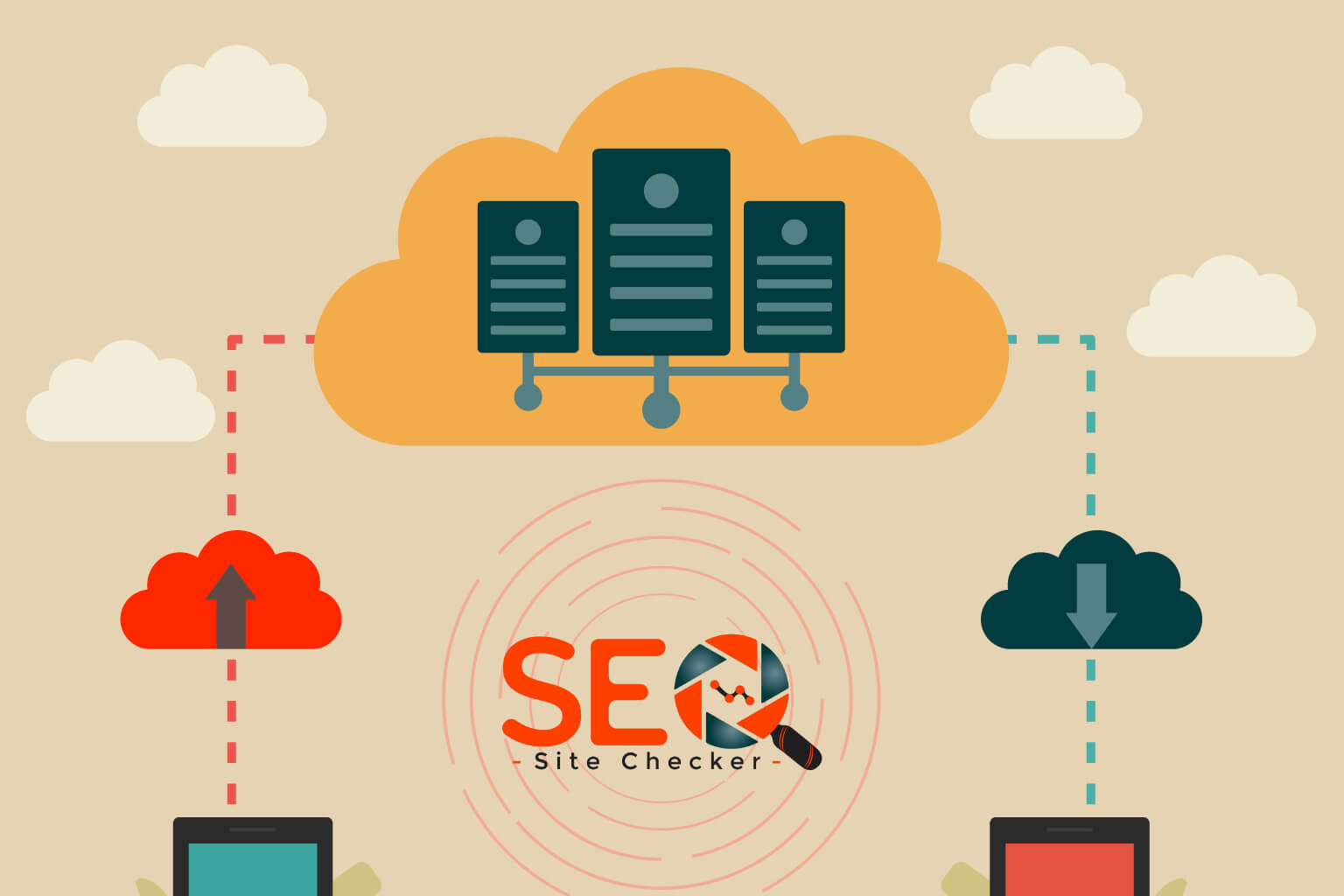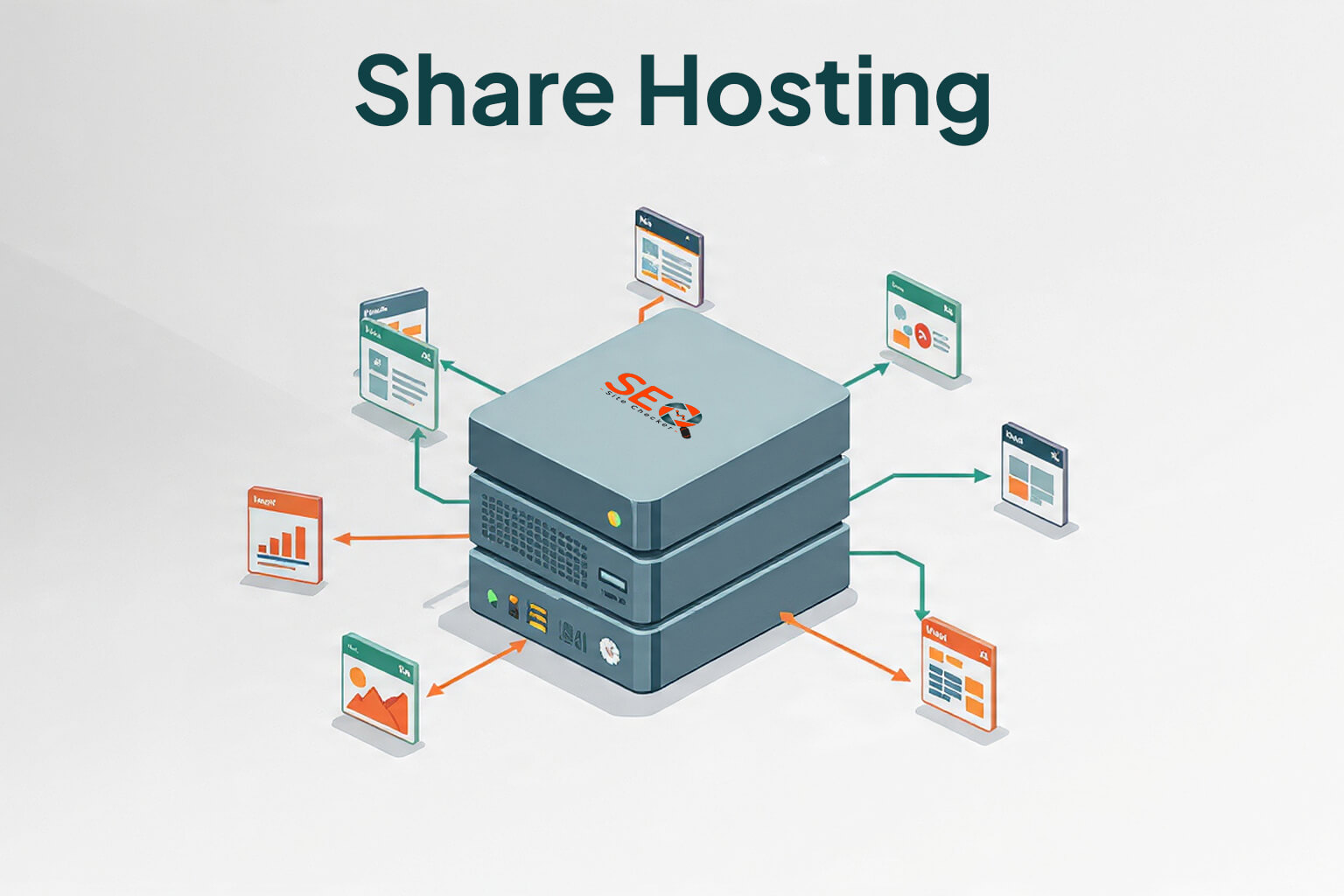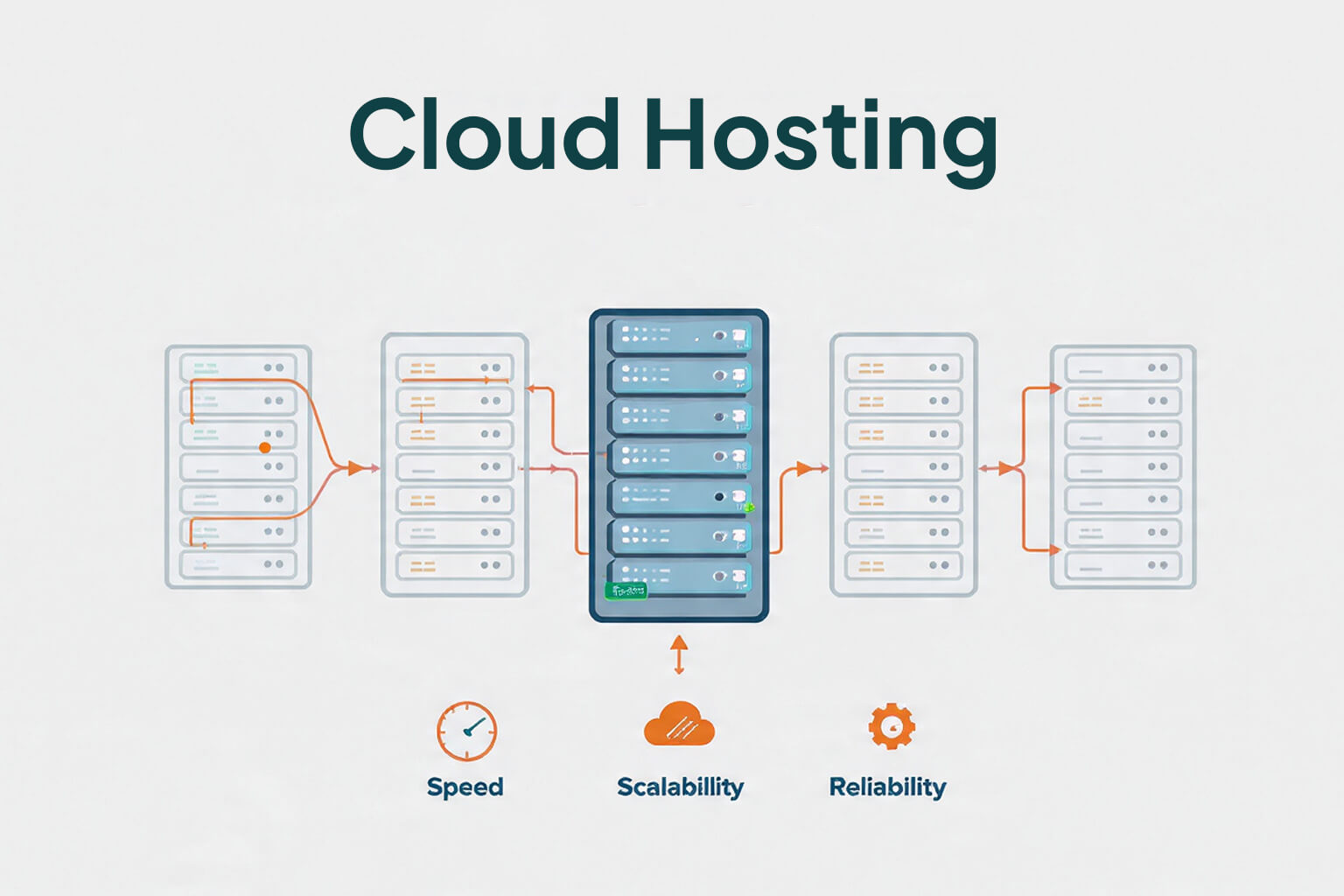Cloud Hosting vs Shared Hosting - Which Is Better for SEO?


Quick verdict
Cloud hosting generally delivers better raw performance, redundancy, and scalability that help SEO for medium-to-high traffic sites. Shared hosting can be perfectly adequate and cost-effective for smaller sites and local businesses if the provider uses modern caching, SSD storage and CDN integration. Choose cloud when you need predictable performance under load; choose high-quality shared plans when budget and simplicity matter.
Practical next step: run a technical audit (Core Web Vitals, TTFB, uptime) using a tool like SEO Site Checker to see whether your current host is limiting your SEO potential.
Introduction: why hosting choice matters for SEO
Technical SEO often starts with infrastructure. Hosting defines how quickly pages respond, how reliably they stay available to users and crawlers, and whether your site can handle traffic spikes. All of which feed into search performance. The question “cloud vs shared hosting” is therefore less about marketing labels and more about how each architecture impacts measurable SEO signals such as Time to First Byte (TTFB), Core Web Vitals and uptime.
This article compares cloud and shared hosting across the most relevant SEO dimensions, explains where each excels or falls short, and provides practical criteria to decide when migrating is worthwhile.
What is shared hosting?
Shared hosting means multiple websites share the same physical server and its allocated resources (CPU, RAM, disk I/O). Providers partition server resources to host hundreds or thousands of small sites on a single machine. This model keeps costs low and simplifies management for beginners.

When shared hosting fits: hobby sites, small blogs, and local business pages with predictable, low traffic and modest performance requirements.
Limitations relevant to SEO: resource contention (the “noisy neighbour” problem), potential higher TTFB under load, and limited control over server-level optimization settings.
For more context on hosting types, see a practical primer on differences between hosting models at SiteGround’s knowledge base: difference between shared and cloud hosting.
What is cloud hosting?
Cloud hosting uses virtualized infrastructure across multiple machines (nodes) rather than a single physical server. Resources are pooled and provisioned dynamically, which enables redundancy, horizontal scaling, and predictable performance as traffic grows.

When cloud hosting fits: high-traffic websites, e-commerce stores, SaaS apps, and any site where peak performance and uptime during unpredictable traffic surges are business-critical.
Cloud benefits for SEO: better handling of traffic spikes, lower risk of prolonged slowdowns, and the ability to scale to maintain Core Web Vitals under load.
Cloud hosting does not automatically guarantee faster pages, architecture choices (disk type, caching layers, edge/CDN) and provider implementation determine real-world results. A practical overview of cloud vs shared performance is available from several technical writeups and provider comparisons such as this discussion on Bluehost’s blog: cloud vs shared hosting explained.
How hosting affects SEO: the key performance and reliability metrics
To judge hosting from an SEO perspective, evaluate the metrics that directly or indirectly affect search visibility:
- Site speed and TTFB: faster server response improves user experience and is reflected in Core Web Vitals.
- Uptime and reliability: consistent availability ensures uninterrupted crawling and indexing by search engines.
- Server location and latency: proximity to users reduces latency; CDNs help for global audiences.
- Security & HTTPS: SSL and platform security reduce risk and support trust signals.
- Scalability: the ability to maintain performance during traffic spikes preserves ranking signals during campaigns or seasonal surges.
Research and technical guidance from Google emphasize that performance and stability help deliver better user experiences, which in turn improves organic performance. For a compact reference on performance as an SEO factor, consult Google’s own guide on search fundamentals: Google on website performance and hosting.
Performance comparison: how shared hosting and cloud hosting typically differ for SEO
Below we compare the characteristics most likely to affect SEO. Note: provider implementation varies.
A premium shared plan with modern caching can outperform a poorly configured cloud instance.
Speed & Time to First Byte (TTFB)
Cloud: Often provides lower and more consistent TTFB because resources are provisioned across nodes and data can be served from optimized storage (NVMe/SSD) and configured caching layers. This consistency helps Core Web Vitals and user metrics.
Shared: TTFB can be adequate for small sites, but it is more susceptible to degradation when other sites on the same server consume resources. Well-configured shared plans (with server caching and SSDs) can still deliver acceptable TTFB for sites with modest traffic.
Uptime & Redundancy
Cloud: Redundancy across nodes reduces single-point-of-failure risk; providers often promise higher SLAs.
Shared: Single-server outages affect all sites on that server; many shared hosts maintain high uptime but recovery and congestion can be slower.
Scalability & Traffic Spikes
Cloud: Auto-scaling infrastructure keeps performance steady when traffic surges. This is critical for campaigns, viral posts, or e-commerce flash sales moments when search engines are actively crawling and users expect instant response.
Shared: Limited scalability. Resource limits may throttle or temporarily suspend your site during spikes, harming crawl consistency and potentially signaling instability to Google.
Cost vs Value
Cloud: Costs more per month but includes redundancy, load balancing, and greater performance control. For revenue-driven sites, the ROI from improved uptime and faster load times often outweighs the higher fee.
Shared: Budget-friendly for low-traffic sites. SEO impact is acceptable when the provider uses updated infrastructure (LiteSpeed, SSDs, global CDN).
When shared hosting can hurt SEO
- Resource contention: heavy neighbors can slow down response time across the entire server.
- Downtime frequency: occasional outages compound into lost crawl opportunities.
- Security cross-risk: malware on one account can affect others on the same server if isolation is weak.
- Limited caching control: inability to tune server-side caching reduces Core Web Vitals performance.
Even within shared environments, quality varies. Providers offering strong isolation, built-in caching, and proactive monitoring can still deliver reliable SEO outcomes for small-to-medium sites.
When cloud hosting is worth the upgrade
Cloud hosting shines when your site’s SEO success depends on consistent speed, uptime, and global reach. Consider upgrading if you experience:
- Traffic surges from seasonal campaigns or viral content.
- Audience across multiple geographic regions.
- Frequent “crawl anomaly” errors in Google Search Console.
- Long TTFB or failed Core Web Vitals scores despite on-page optimization.
Modern cloud providers integrate edge caching and smart scaling that protect search performance even under sudden demand.
Migration and hosting best practices for SEO
Switching hosts can improve SEO but only when done carefully. A mishandled migration may temporarily reduce visibility. Follow these guidelines:
- Back up everything and export databases before DNS changes.
- Keep identical URLs and canonical structures to preserve link equity.
- Use 301 redirects if any paths change.
- Lower DNS TTL a day before migration to speed propagation.
- Monitor crawl stats in Search Console after switching.
- Run a fresh audit with SEO Site Checker to confirm load time, SSL and uptime improvements.
Pro tip: migrate during off-peak hours and keep the old host active for at least 48 hours to avoid downtime.

Side-by-side comparison: shared vs cloud hosting for SEO
| Factor | Shared Hosting | Cloud Hosting | SEO Impact |
|---|---|---|---|
| Speed & TTFB | Varies by server load | Consistent & lower latency | Faster load time = better rank potential |
| Uptime Reliability | 99–99.9 % | 99.95 % or higher with redundancy | Cloud minimizes crawl failures |
| Scalability | Limited by plan | Auto-scaling resources | Maintains SEO during traffic surges |
| Security & Isolation | Shared risk surface | Better container isolation | Lower downtime & trust issues |
| Cost | Low | Moderate to High | Trade budget for stability |
Data based on average specifications of mainstream providers and industry uptime disclosures (TechRadar 2025 hosting review, White Label IQ study).
Conclusion: choosing hosting that supports long-term SEO
Hosting infrastructure underpins every technical SEO decision. Shared hosting remains a smart entry-level option when paired with responsible providers and good site hygiene. Cloud hosting, on the other hand, delivers the resilience and scalability modern search performance increasingly demands.
Audit your current setup speed, uptime, security and upgrade when bottlenecks begin to appear. Reliable hosting keeps crawl paths open, improves user satisfaction metrics, and preserves revenue during growth.
Learn more about performance-driven hosting architecture via this overview of web-hosting impact on site speed and SEO.
Frequently Asked Questions
Frequently Asked Questions (FAQs) is a list of common questions and answers provided to quickly address common concerns or inquiries.
Does cloud hosting guarantee higher SEO rankings?
Can shared hosting still rank well?
When should I move from shared to cloud?
Does server location matter?
Can migration hurt SEO?
Which is more cost-effective for SEO?
.png)
